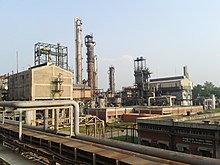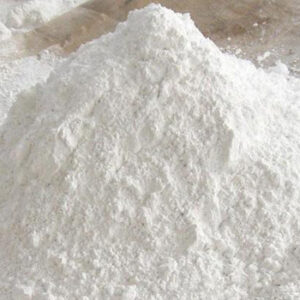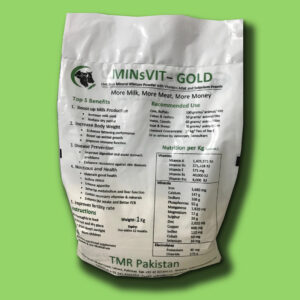Urea
Urea, also known as carbamide, is an organic compound with chemical formula CO(NH2)2. This amide has two –NH2 groups joined by a carbonyl (C=O) functional group.
Agriculture[edit]

A plant in Bangladesh that produces urea fertilizer.
More than 90% of world industrial production of urea is destined for use as a nitrogen-release fertilizer.[7] Urea has the highest nitrogen content of all solid nitrogenous fertilizers in common use. Therefore, it has a low transportation cost per unit of nitrogen nutrient. The most common impurity of synthetic urea is biuret, which impairs plant growth. Urea breaks down in the soil to give ammonium. The ammonium is taken up by the plant. In some soils, the ammonium is oxidized by bacteria to give nitrate, which is also a plant nutrient. The loss of nitrogenous compounds to the atmosphere and runoff is both wasteful and environmentally damaging. For this reason, urea is sometimes pretreated or modified to enhance the efficiency of its agricultural use. One such technology is controlled-release fertilizers, which contain urea encapsulated in an inert sealant. Another technology is the conversion of urea into derivatives, such as with formaldehyde, which degrade into ammonia at a pace matching plants’ nutritional requirements.





Reviews
There are no reviews yet.